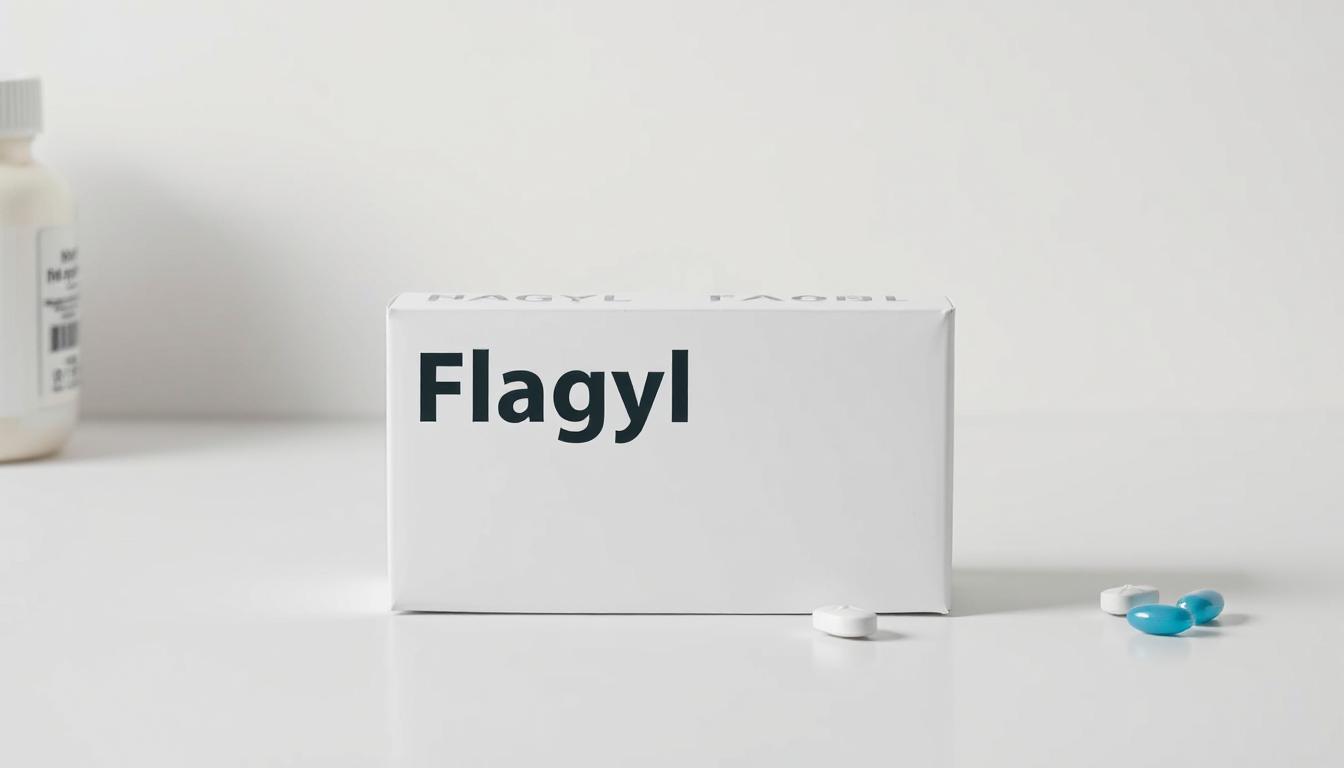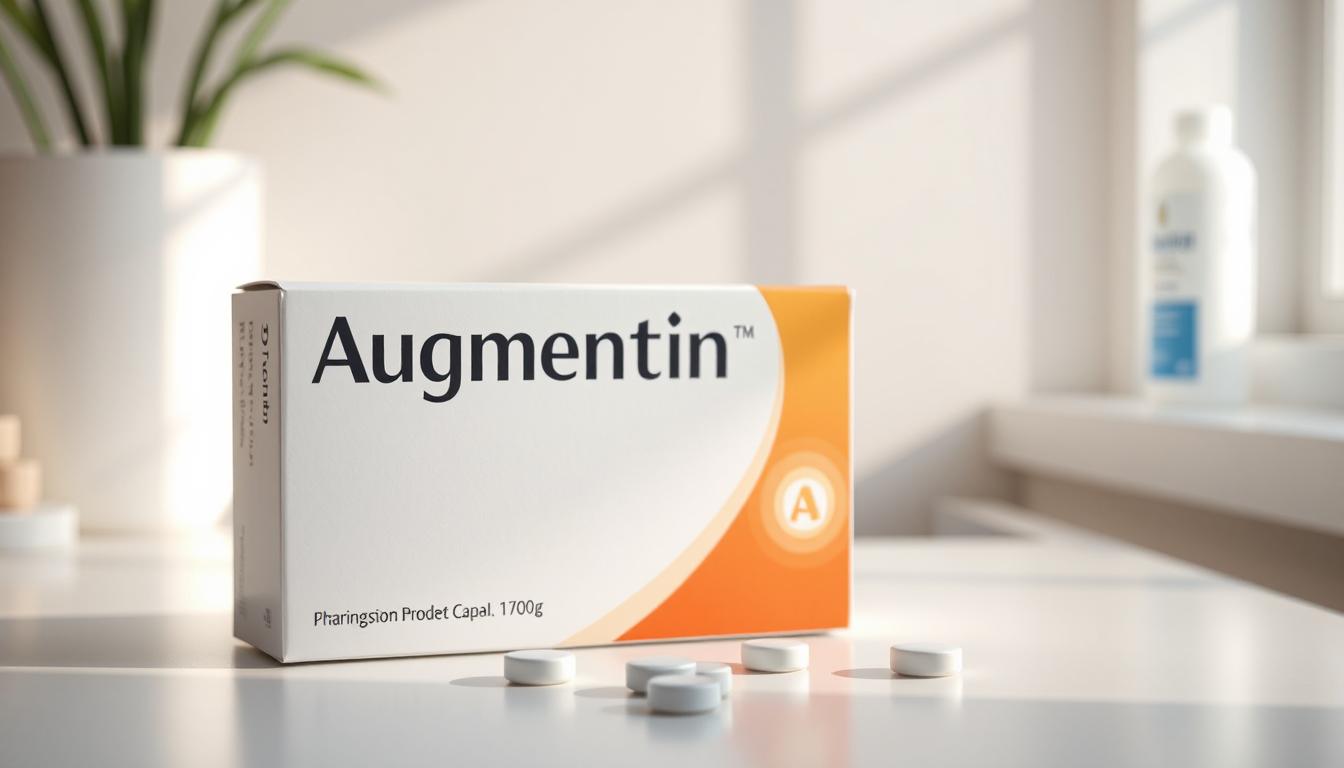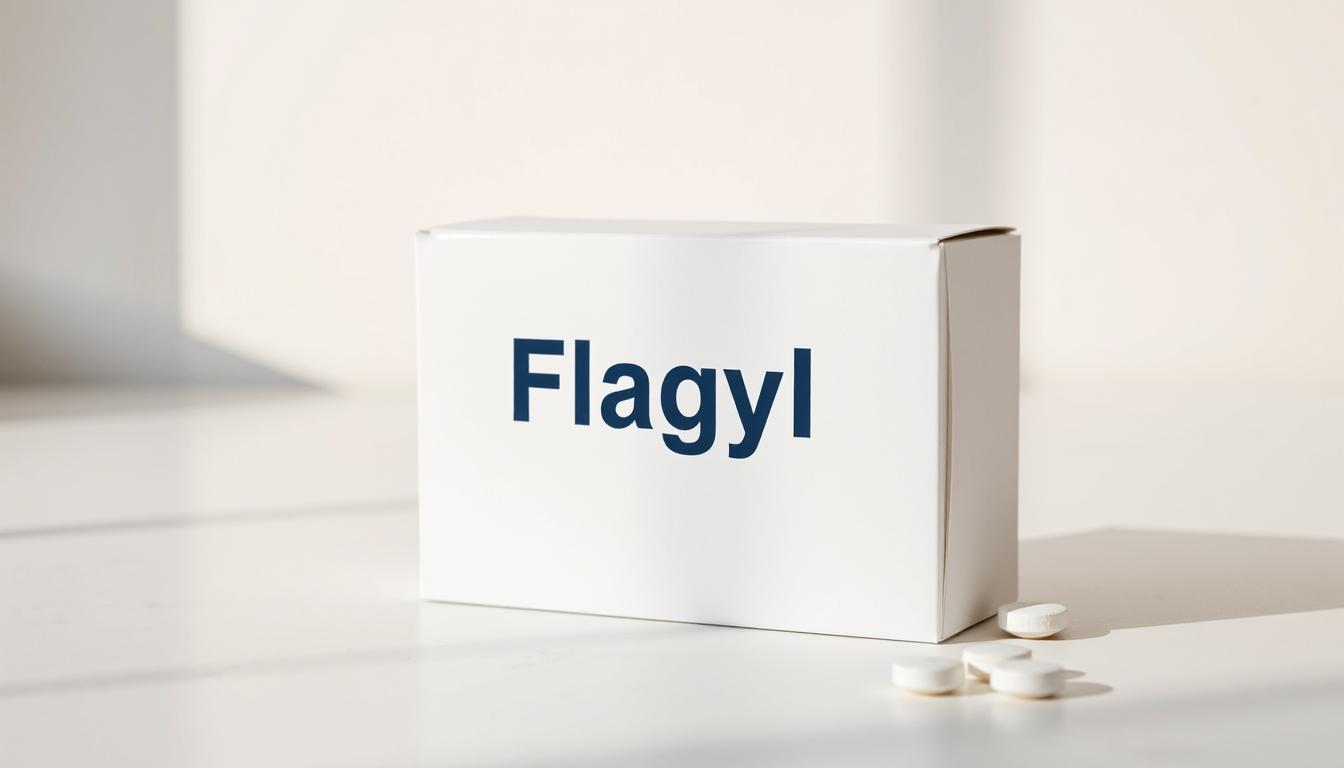What is Flagyl Used For?
 Darnell
|
Darnell
|
 19 Nov 2025
19 Nov 2025
What Is Flagyl Used for in Dogs?
When a dog starts having stomach trouble — the kind that keeps you cleaning up messes all day — vets often turn to a medication called Flagyl. It’s been around for years, and because it handles both bacterial and parasitic infections, it’s become one of the most relied-on treatments in veterinary care. Pet owners hear the name all the time, but many don’t fully know what it actually does or why vets choose it so often. Understanding how it works helps you feel more confident the next time your dog needs it.
What Is Flagyl?
Flagyl, or metronidazole, is a medication that belongs to a group called antiprotozoals and antibiotics. That sounds technical, but it just means it can treat infections caused by certain bacteria and parasites. Once a dog swallows it, the medicine gets absorbed pretty quickly and travels through the body, interfering with the DNA of harmful microorganisms so they can’t grow any further.
Because it targets those deep, low-oxygen bacteria and certain parasites, it fills a treatment gap that many regular antibiotics can’t reach. That’s a big reason vets keep it in their toolbox.
Why Vets Prescribe Flagyl for Dogs
Dogs can develop several types of infections that respond well to Flagyl for dogs, especially ones involving the stomach, intestines, or tissues where bacteria hide deeper inside. Some common reasons include:
-
Persistent or sudden diarrhea
-
Irritated or inflamed colon (colitis)
-
Giardia, a common parasite in dogs
-
Dental infections or gum swelling
-
Wound infections that involve anaerobic bacteria
-
Certain internal infections affecting the abdomen or liver
It’s a broad-use medication, but only when it fits the exact problem. That’s why vets choose it based on examination and symptoms, not guesswork.
Flagyl for Diarrhea and Digestive Upset
One of the most frequent reasons vets hand out Flagyl for dog diarrhea is because it eases inflammation inside the gut. When a dog’s stomach is irritated from bacteria, sudden food changes, or parasites, the intestines become swollen and sensitive. Metronidazole helps calm that irritation so the stools begin to firm up again.
Some dogs improve in a day or two, and others take a little longer depending on how upset their digestive system was. The metronidazole for dog diarrhea dose is always based on weight, so a small mistake in dose can make a big difference.
Flagyl for Colitis and IBD
Many dogs struggle with long-term issues like colitis or IBD (inflammatory bowel disease). These dogs often have episodes where stools become loose, sometimes with mucus or discomfort. Flagyl helps by reducing bacteria that worsen inflammation and by calming the gut lining.
Vets often pair it with prescription diets or probiotics so the gut has support from multiple directions. Using it long-term is sometimes needed, but this is always done under close veterinary guidance to avoid side effects.
Flagyl for Giardia
Giardia is a stubborn intestinal parasite that spreads through contaminated water, shared bowls, and even sniffing or licking infected surfaces. It causes watery, foul-smelling stools, and dogs feel miserable from it.
Metronidazole for dogs is one of the main treatments because it attacks the parasite at its source. Treatment usually lasts several days, and while dogs start to feel better sooner, finishing the entire course matters so the parasite doesn’t return. Cleaning bedding and surfaces helps prevent reinfection.
Flagyl for Anaerobic Bacterial Infections
Another major use of Flagyl is for infections caused by bacteria that thrive without oxygen — something many other antibiotics don’t target well. These infections tend to be deeper and more complicated.
Flagyl is commonly used for:
-
Dental infections or gum abscesses
-
Wounds that have closed over and trapped bacteria
-
Liver or abdominal infections
-
Certain internal infections after injuries or surgeries
Its ability to reach these low-oxygen spaces makes it unique among dog antibiotics.
Anti-Inflammatory Benefits
Besides fighting infections, Flagyl also has mild anti-inflammatory benefits. This helps the gut recover, especially in chronic conditions where inflammation is part of the ongoing problem. Many vets use it not only to kill organisms but to ease the irritation that makes dogs uncomfortable.
Forms of Flagyl for Dogs
Dogs don’t all swallow pills the same way — some hide them in treats, some spit them out instantly. So vets and pharmacies offer different forms:
-
Tablets
-
Capsules
-
Compounded liquids (flavored to be more dog-friendly)
-
Injectable forms used in clinics
At Sanford Pharmacy, pet owners often choose flavored compounded versions when their dogs refuse regular tablets, since it makes dosing much smoother.
How Vets Choose the Right Dose
The flagyl dose for dogs varies for every dog because it depends on:
-
Body weight
-
Type of infection
-
How severe the symptoms are
Too high a dose can cause neurological effects, while too low won’t fix the infection. This is why owners should never use leftover medication or human prescriptions — even small dose differences matter a lot in dogs.
How Long Dogs Usually Take Flagyl
Most dogs take it for 3 to 10 days, though long-term conditions may need more extended treatment. Many dogs begin showing improvements after 24–48 hours, but finishing the full course is important even if symptoms look better early.
Stopping too soon can cause infections — especially bacterial ones — to return.
Possible Side Effects in Dogs
Most dogs tolerate metronidazole for dogs well, but side effects can happen. The mild ones usually go away once treatment ends:
-
Reduced appetite
-
Mild nausea
-
Fatigue or slight droopiness
Rare but serious side effects include:
-
Tremors
-
Stumbling or trouble walking
-
Seizures
-
Eye twitching
These neurological signs can indicate overdose or sensitivity, so they always require immediate veterinary attention.
Interactions and Precautions
Some dogs shouldn’t take Flagyl without vet supervision, especially those with liver issues or pre-existing neurological conditions. Certain medications may interact with it, so owners should always tell the vet about anything else the dog is taking — supplements included.
Also, metronidazole over the counter doesn’t exist for dogs, and giving human leftovers can be dangerous due to incorrect dosages and added ingredients.
Special Populations: Puppies, Seniors, Pregnant Dogs
-
Puppies: Their organs are still developing, so doses must be exact.
-
Senior dogs: May process medication slower, so vets typically lower the dose.
-
Pregnant/nursing dogs: Metronidazole should be used cautiously since it can cross into milk or affect developing pups.
Each of these cases requires a specific plan, not general dosing.
Warning Signs to Watch For
While your dog is on Flagyl, you should call the vet if you notice:
-
Repeated vomiting
-
Worsening diarrhea
-
Severe lethargy
-
Allergic signs like swelling or rash
-
Any tremors, shaking, or odd behavior
These can indicate the dose is too high or your dog isn’t responding well.
How Flagyl Fits into a Treatment Plan
Flagyl often works best when used alongside other treatments. Vets may recommend:
-
Prescription digestive diets
-
Probiotics to restore healthy gut bacteria
-
Extra hydration
-
Temporary feeding adjustments
It’s rarely the single solution — instead, it’s one piece of a broader recovery plan.
What Pet Owners Should Avoid During Treatment
A few things can make symptoms worse or interfere with treatment, including:
-
Human meds for stomach issues
-
Greasy or high-fat foods
-
Stopping the medication early
Consistency is important, even when your dog starts looking better.
Expert Vet & Pharmacy Support
At Sanford Pharmacy, we help pet owners understand how to give metronidazole for dogs, how to spot side effects, and how to store it correctly. We also prepare compounded versions that are easier for dogs who struggle with pills.
You can reach out through sanfordpharmacy.com anytime if you need help with pet prescriptions or dosing questions.
Conclusion
Flagyl is one of the most dependable medications vets use for gut problems, bacterial infections, and parasites like Giardia. With the right dose and proper monitoring, it helps many dogs recover quickly and comfortably. When in doubt about symptoms or dosing, your vet and the team at Sanford Pharmacy are always there to guide you and make sure your dog gets the safest care possible.
Categories

What is Flagyl Used For?
 Darnell
Darnell

How Long Does Flagyl Stay in Your System?
 Nikhil
Nikhil

How Long Does Ciprofloxacin Stay in Your System
 Jena
Jena

What is Augmentin Used For?
 Sheridan
Sheridan

What is Amoxil Used For?
 Alfredo
Alfredo












.webp)
.webp)
-(2).webp)

.webp)